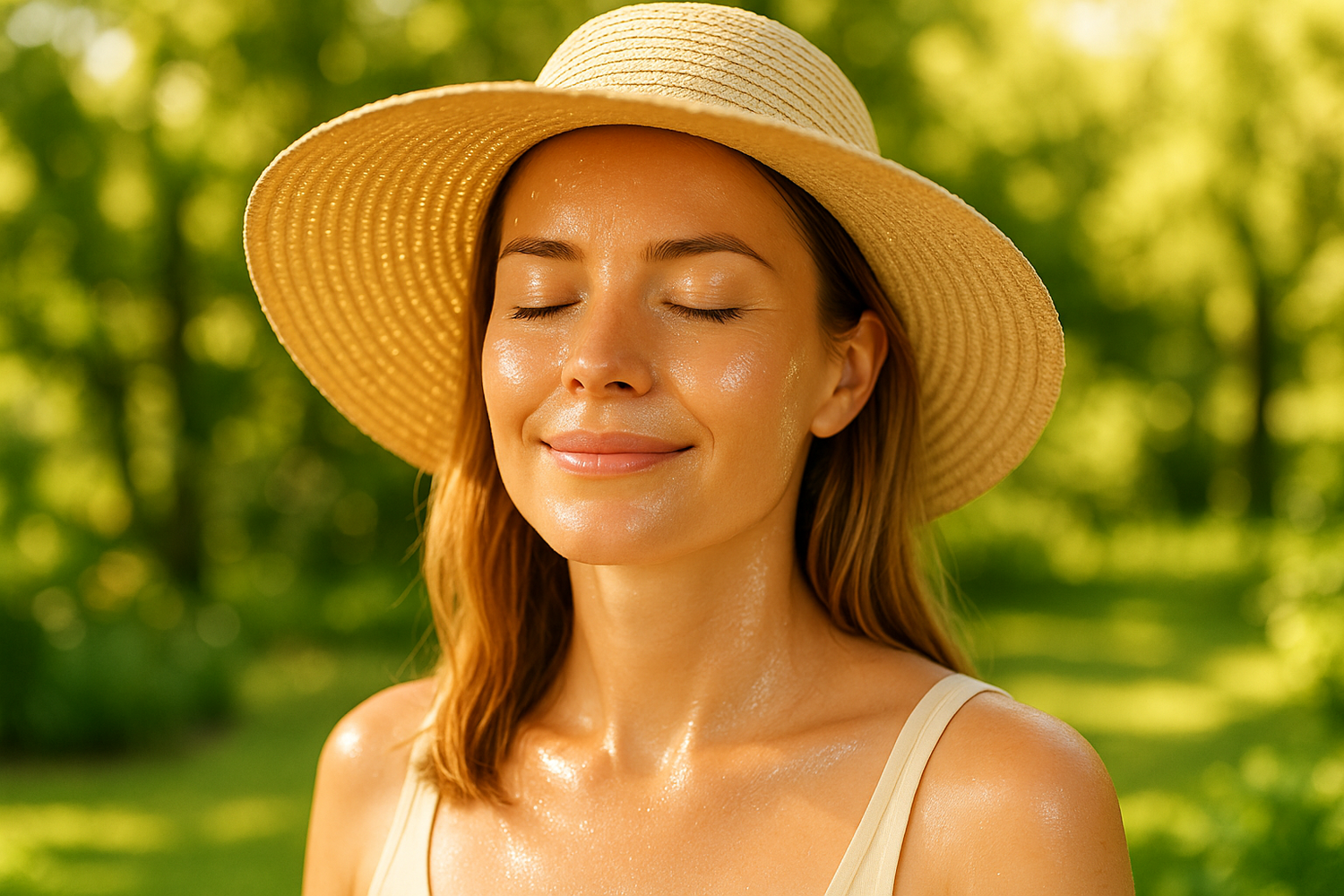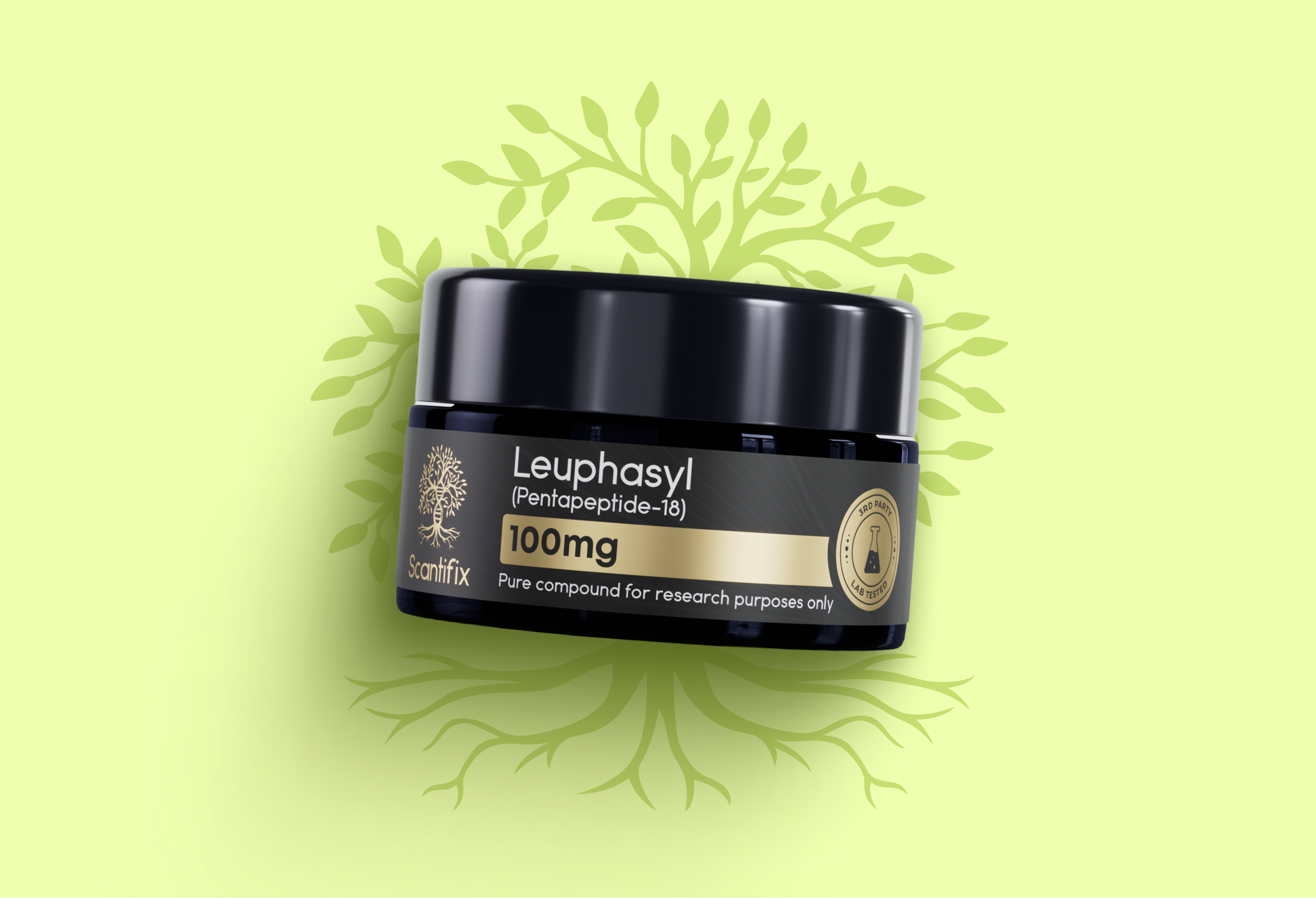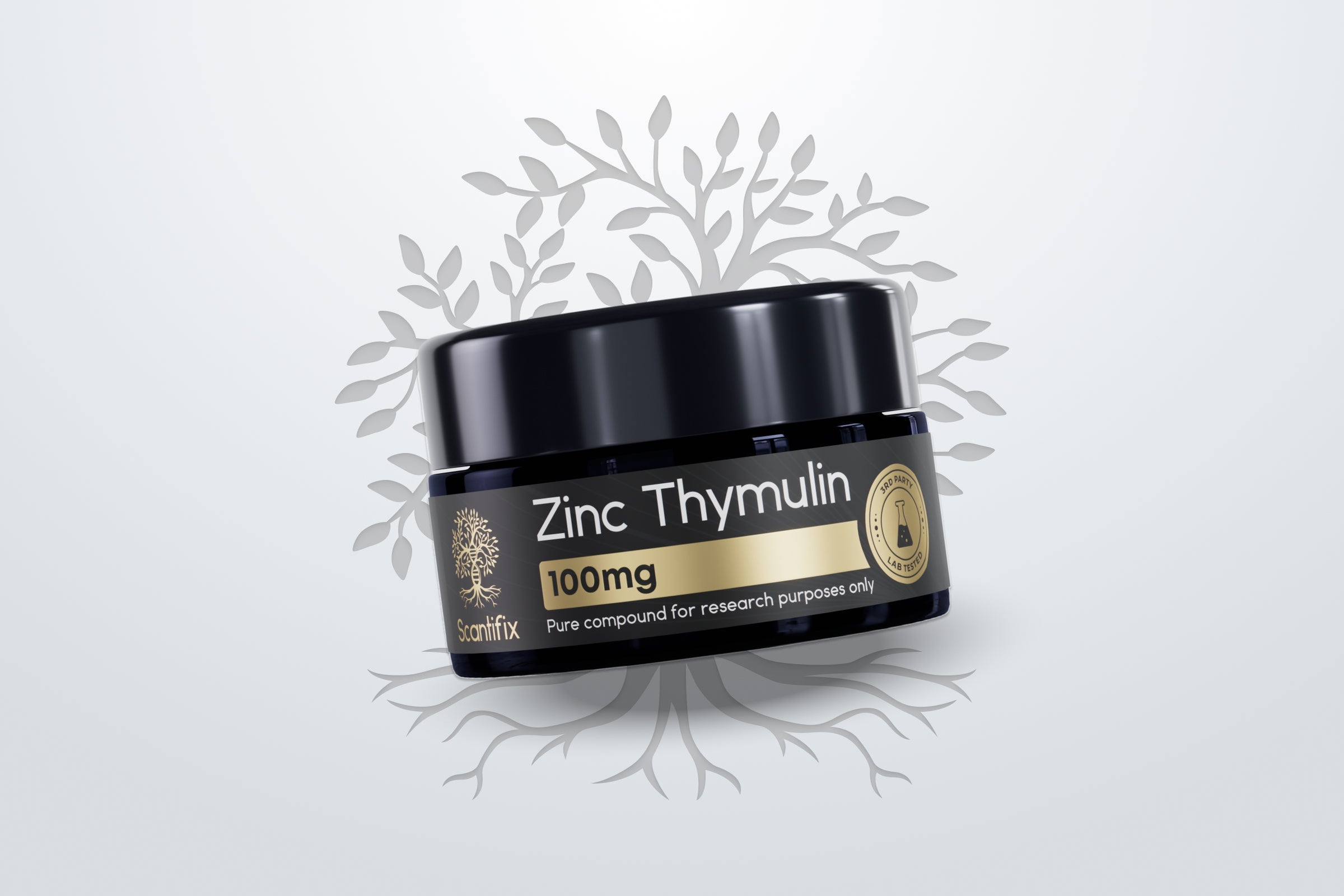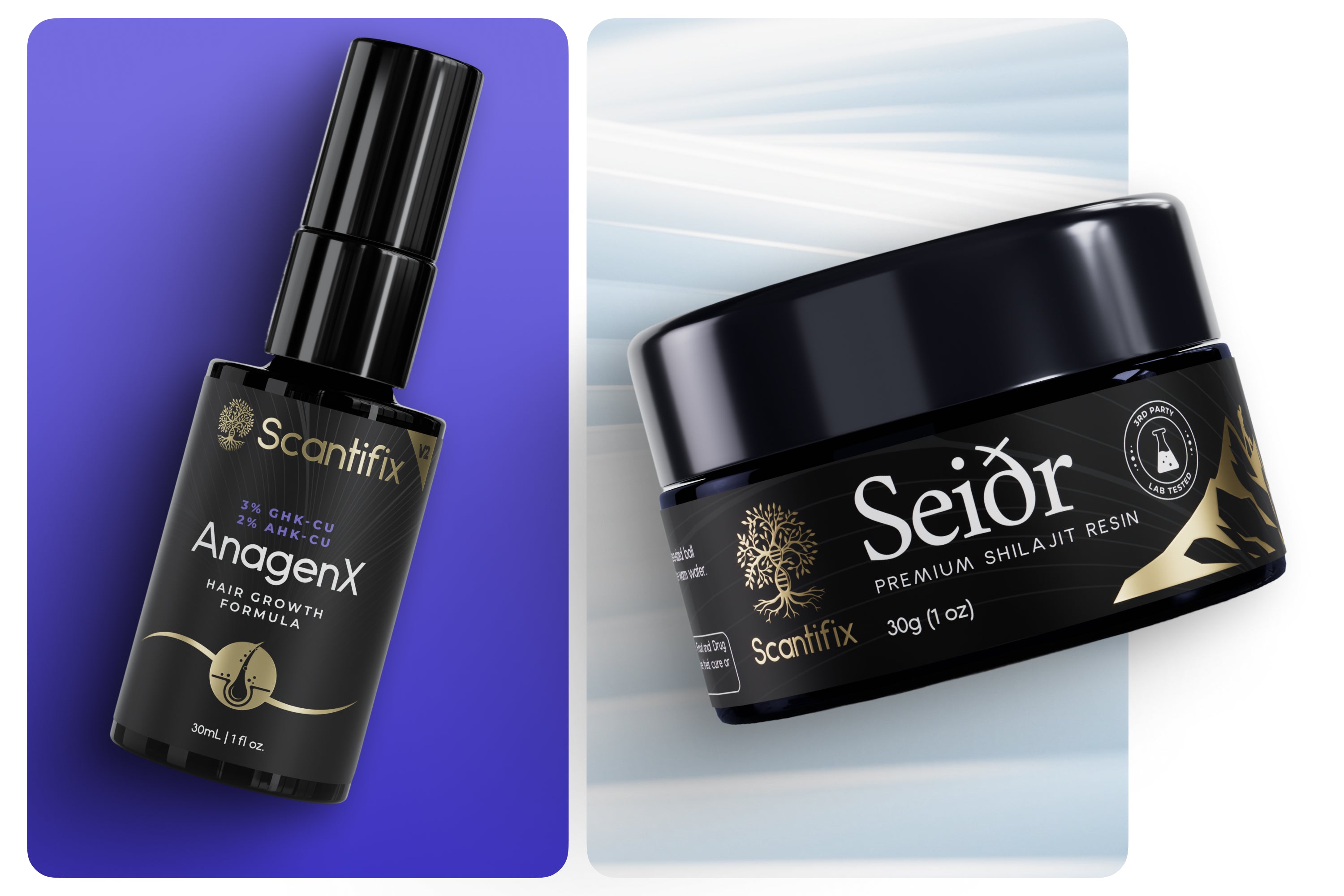Summer is officially here. Temperatures are climbing, cities start baking under new heat records, and vacation plans are kicking into high gear. But as we chase the sun with iced coffees and sun hats, it’s worth pausing to ask: what’s the sun really doing to our skin? So let’s unpack what’s really going on when you catch some rays, why it matters for skin health, and how to effectively protect and recover your skin without giving up on summer altogether.
The science behind sunlight
The sunlight that graces our planet carries more than warmth and cheer. It comes loaded with ultraviolet (UV) radiation. Two primary types affect your skin: UVA and UVB rays. UVA is the sneaky ninja. It slips deep into the skin, contributing to long-term damage like wrinkles and age spots, and it’s present year-round, rain or shine. UVB, on the other hand, is the loud brawler. It's the main cause of sunburn and has a stronger link to skin cancer. Together, they pack a one-two punch your skin won’t forget.
How does it work
UV radiation damages skin by triggering DNA mutations, oxidative stress, and inflammation. This manifests as sunburn, photoaging, and over time, serious issues like melanoma. But UV isn't acting alone. Urban pollution adds a nasty boost to this damage, breaking down your skin barrier and making it more vulnerable to the sun's wrath. This combination amplifies everything from hyperpigmentation to skin dehydration.
How your skin fights back
The body isn’t defenseless. Melanin, the pigment responsible for skin color, acts like a natural sunscreen by absorbing and dissipating UV rays. When your skin tans or burns, it’s a sign that melanin is responding to damage. But don’t mistake a tan for protection. It’s your skin saying, “That hurt. I’m trying to cope.”
And when that coping mechanism isn’t enough, that’s when sunburn kicks in. Sunburns are inflammatory responses to DNA damage in skin cells. You get red, hot, and often peel because your body is literally shedding damaged skin. Over time, this damage accumulates as the gradual build-up of harm from repeated sun exposure. Even if you don’t burn, each unprotected moment under the sun adds up. The result? Premature aging, sunspots, thinning skin, and a much higher risk of skin cancer down the road.
Myths about sun exposure
Now, listen... There are persistent myths floating around that downplay the importance of sun protection. One of the most common? The belief that cloudy days are safe days. In reality, up to 80% of UV rays can penetrate cloud cover, meaning your skin is still very much exposed.
Another widespread misconception is that people with darker skin tones don’t need sun protection. While melanin provides some defense, it doesn’t make anyone immune to sun damage or skin cancer. This false sense of security can lead to delayed diagnoses and more serious outcomes.
Then there’s the idea that sunscreen isn’t necessary if you’re indoors or only outside for a short time. But UVA rays can pass through windows, and exposure adds up, even from quick walks, car rides, or sitting near a sunny window.
And finally, the notion of the “healthy tan” - a myth that’s more marketing than medicine. Tanning is your skin’s way of defending itself from injury. It might look good in the moment, but it’s actually the start of long-term damage.
How to protect skin from sun
Now that we’ve cleared the air on some of the most common sun myths, let’s shift into action. The good news is that preventing sun damage doesn’t require radical changes. Here's how you can build a strong line of defense against UV damage:
Daily sunscreen
Use a broad-spectrum sunscreen with SPF 30 or higher every single day, regardless of the weather. Apply it 15–30 minutes before heading outside and reapply every two hours, or more often if you're swimming or sweating.
Protective clothing
Clothes can be your skin's best friend. Long-sleeved shirts, wide-brimmed hats, and UV-blocking sunglasses provide a physical barrier between you and harmful rays. Look for UPF-rated clothing when possible for an added layer of defense.
Timing your sun exposure
The sun is strongest between 10 a.m. and 4 p.m. Try to schedule outdoor activities in the early morning or late afternoon when UV intensity is lower. When outside during peak hours, seek out shade whenever possible.
Skin hydration
Well-hydrated skin is better at defending itself. Use moisturizers with humectants like hyaluronic acid and glycerin to keep your skin barrier intact.
After sun care
Whether it’s a slight burn or general overexposure, knowing how to soothe sunburn is essential for maintaining long-term skin health. That’s where your after sun treatment strategy comes in. Aimed at calming, cooling, and repairing the skin while helping it recover stronger.
Cooling and Hydration
First things first: cool it down. Use aloe vera, cucumber-based gels, or after-sun sprays rich in panthenol or glycerin. These provide immediate relief by soothing inflammation and locking in moisture.
Skin Regeneration and Repair
When the skin barrier is compromised, peptides like GHK-Cu step in. As you probably already know, this highly regarded copper peptide promotes wound healing, collagen production, and tissue remodeling. But does GHK-Cu serum help with sunburn? The answer is clear yes. Applied topically after sun exposure, GHK Cu serum can calm inflamed skin and support recovery at a cellular level.
And here’s a bonus tip: store your GHK-Cu serum in the fridge. This not only extends its shelf life but also delivers a refreshing, cooling sensation when applied. Something you’ll appreciate when your skin feels like it’s radiating heat.
Other helpful peptides include Matrixyl or Acetyl Tetrapeptide-2, but GHK Cu stands out as a top-tier choice for repairing skin after sun exposure.
Red Light Therapy
After sun exposure, your skin enters repair mode, and red light therapy (RLT) can be a powerful ally in that process. While it’s not intended for immediate use on fresh sunburns, RLT masks like - Reviva Lux - should play a major role in your after-sun routine. They penetrate the skin using low-level wavelengths to stimulate collagen production, reduce inflammation, and encourage cellular regeneration.
This makes RLT particularly effective for soothing lingering redness, improving skin texture, and accelerating recovery from minor UV damage. Use it a day or two after sun exposure, once the initial inflammation has subsided.
Long-Term Support
Your internal health plays a major role in how well your skin bounces back. Here are our daily recommendations:
Stay hydrated by drinking plenty of water and electrolyte-rich fluids. This helps maintain skin elasticity, flush out toxins, and support cellular regeneration.
Focus on antioxidant-rich choices like berries, citrus fruits, leafy greens, and green tea. These are packed with polyphenols, flavonoids, and nutrients that combat oxidative stress.
Supplement wisely, and consider adding Seior - shilajit in its purest, most powerful form, rich in fulvic acid, essential minerals, and a full spectrum of B vitamins. These B vitamins (especially B3 and B5) help repair UV-induced cellular damage, calm inflammation, and support skin regeneration from the inside out.
What the data shows
A 2017 lab study, when human skin cells were exposed to lethal levels of UVB radiation, treatment with GHK-Cu boosted their survival by over 50%. It also neutralized more than 90% of toxic oxidative stress compounds, helping protect the cells’ proteins and DNA from damage.
A 2024 study demonstrated that red light therapy accelerates skin wound healing by promoting cell proliferation and migration. The research showed that red light exposure activates specific signaling pathways, enhancing the skin’s repair processes.
A 2015 study found that GHK-Cu helped calm inflammation in skin cells by reducing levels of IL-6 (a key inflammatory chemical), especially when the cells were triggered by TNF-α (a protein your immune system releases in response to infection, injury, or stress).
Final thoughts
Sunlight is life. Literally. But like most powerful forces, it demands respect .Too much of it, too often, chips away at your skin’s strength, even if you don’t see it right away. But the good news? You can fight back. When you care for your skin from both the outside and inside, you build true resilience.
Enjoy your summer, relax at the beach, take your hikes, and bask in golden hour. Just do it with a layer of SPF, plenty of water, and a few shaded breaks.
And if you’re ready to build your sun-defense and recovery kit, head to our store. Scantifix products are backed by science and designed for skin that wants to thrive, not just survive.

|
 |
 |
References
Pickart, L., & Margolina, A. (2015). GHK Peptide as a Natural Modulator of Multiple Cellular Pathways in Skin Regeneration. Biomolecules, 5(2), 54-66.
Chen, X., et al. (2024). Visible light accelerates skin wound healing and alleviates scar formation via differential regulation of STAT3 activation. Communications Biology, 7, Article 69.
Pickart, L., & Margolina, A. (2017). The Effect of the Human Peptide GHK on Gene Expression Relevant to Oxidative Stress, Inflammation, and Cancer. Oxidative Medicine and Cellular Longevity, 2017, Article ID 9284521.
Brenner, M., & Hearing, V. J. (2008). The protective role of melanin against UV damage in human skin. Photochemistry and Photobiology, 84(3), 539–549. https://doi.org/10.1111/j.1751-1097.2007.00226.x
Pillai, S., Oresajo, C., & Hayward, J. (2005). Antioxidants and photoaging: Skin biology perspectives. Skin Therapy Letter, 10(7), 5–9.





Leave a comment
All comments are moderated before being published.
This site is protected by hCaptcha and the hCaptcha Privacy Policy and Terms of Service apply.